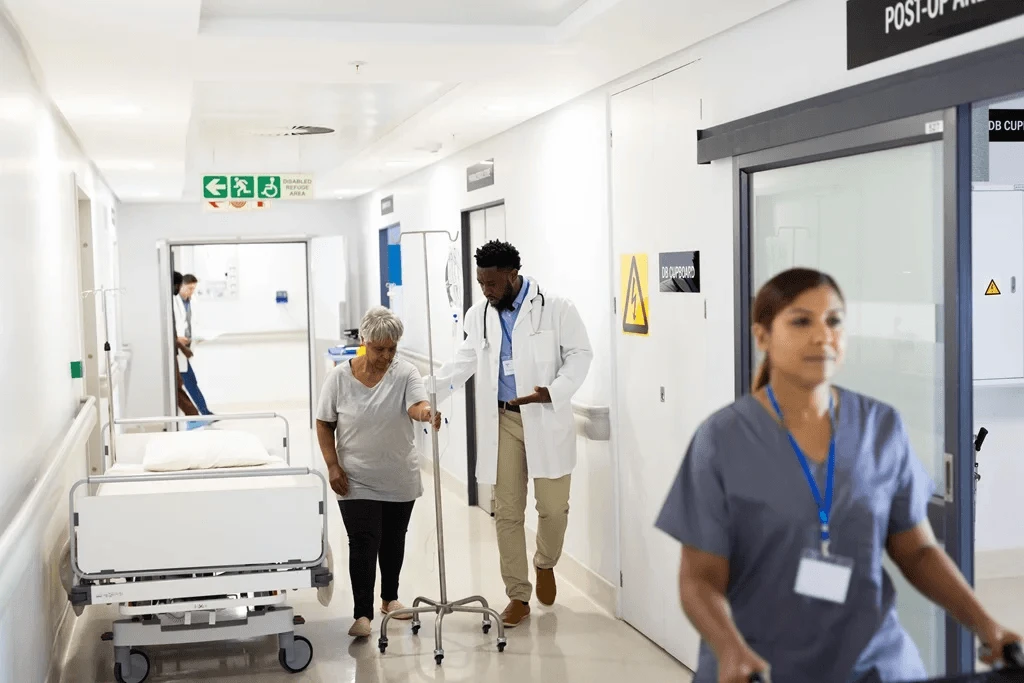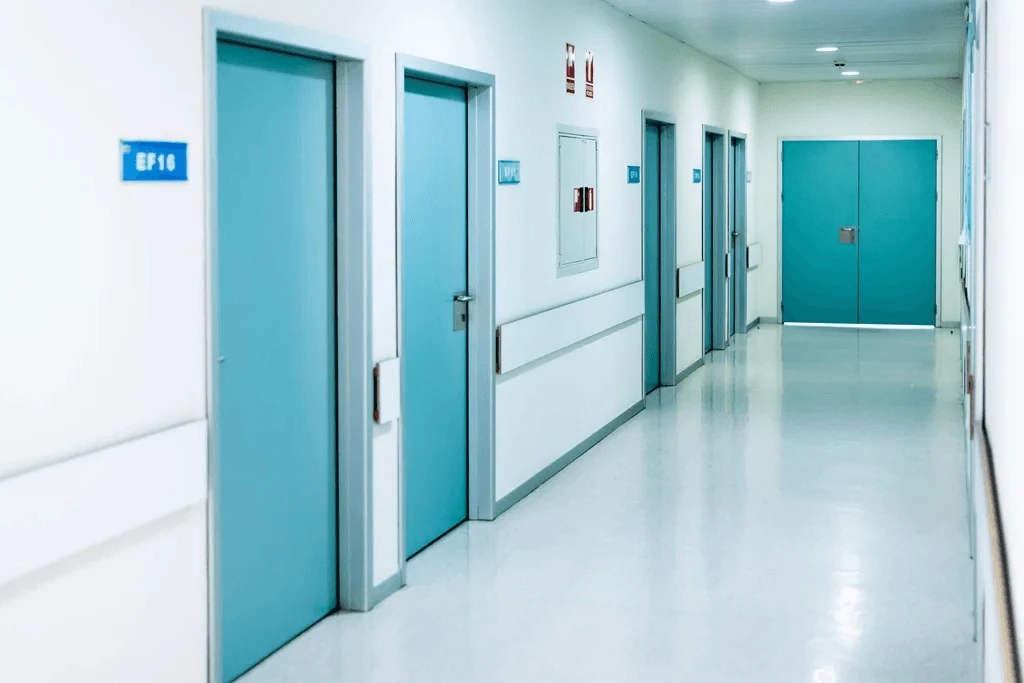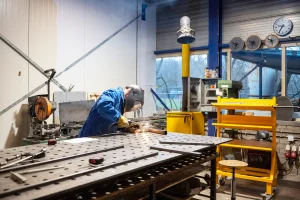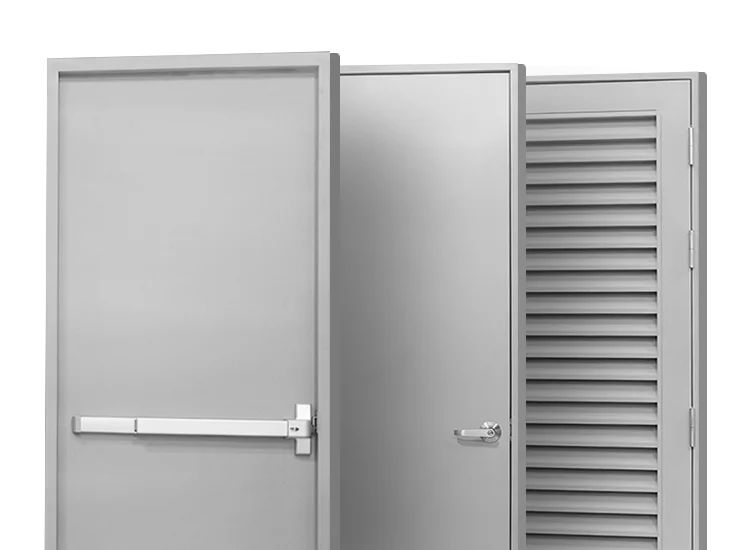In healthcare environments, ventilation systems are more than just mechanisms for air circulation; they are lifelines that ensure safety, hygiene, and comfort. Hospitals, in particular, rely heavily on this to maintain sterile environments, control airborne contaminants, and support patient recovery. Whether preventing the spread of infectious diseases or maintaining the integrity of sensitive medical equipment, proper ventilation in hospitals plays a critical role in sustaining operational efficiency and meeting regulatory standards.
The importance of ventilation in hospitals extends beyond patient care. It also impacts the well-being and productivity of medical staff and ensures the comfort of visitors. Poor ventilation may lead to increased infection rates, respiratory illnesses, and discomfort, threatening the safety and operationality of the entire facility.
This article delves into the essential features of high-performing ventilation systems, highlights warning signs of poor air quality, and explores specialized solutions used in hospitals. We’ll also provide strategies to improve it, including how innovative door solutions help in improving the air circulation in hospitals and other commercial spaces.
What Makes a Good Ventilation System
An effective ventilation system plays a pivotal role in maintaining air quality, especially in hospitals. These attributes that make an efficient ventilation system support infection prevention, enhance comfort, and promote faster patient recovery.
Air Filtration
High-efficiency particulate air (HEPA) filters remove contaminants, allergens, and pathogens, making the air safer for patients and staff. These filters are particularly essential in operating rooms, intensive care units, and isolation areas where infection control is paramount.
Proper Air Exchange Rates
Ventilation systems should provide continuous replenishment of fresh air to prevent stagnation and reduce airborne contaminants. According to industry standards, hospitals require a minimum of 6 to 12 air changes per hour (ACH) in critical areas.
Humidity Control
Regulating moisture levels minimizes mold growth and maintains comfort. Proper humidity levels (typically 30%–60%) prevent bacteria proliferation and create a stable environment for medical equipment.
Zoning and Airflow Control
Dedicated airflow systems for different areas, such as patient rooms, operating theaters, and laboratories, ensure proper circulation and contamination control. Zoning systems allow hospitals to create customized airflows for distinct needs.

Warning Signs of a Poorly Ventilated Commercial Space
Inadequate ventilation may lead to a host of issues. Take these signs as red flags that can lead to respiratory issues, increased infection risks, and compromised recovery for patients. Here are some of the signs:
1. Unpleasant Odors
Persistent smells indicate stale air and poor circulation, which can be particularly problematic in hospitals where cleanliness is critical.
2. Excess Humidity
High moisture levels encourage mold growth and bacteria proliferation. This can lead to structural damage and potential respiratory issues for occupants.
3. Stagnant Air
Lack of airflow results in stuffy and uncomfortable environments, making it harder for patients to recover and for staff to perform their duties effectively.
4. Dust and Allergens
Visible dust buildup signals ineffective air filtration and could trigger allergies or respiratory conditions.
5. Condensation on Windows
Trapped moisture suggests poor humidity control, which can lead to mold growth and water damage.
6. Increased Illnesses
Frequent respiratory problems, headaches, and fatigue among staff and patients may indicate poor indoor air quality.
The Importance of Ventilation in Hospitals
Proper ventilation in hospitals is essential for maintaining a safe and healthy environment. Below are five ways ventilation affects the facilities for the better, thus creating safer and more effective spaces for care:
1. Prevents Infection Spread
Controlled airflow reduces the transmission of airborne pathogens, protecting both patients and healthcare workers from illnesses like COVID-19 and tuberculosis.
2. Supports Faster Recovery
Clean air minimizes irritants and airborne pollutants, enhancing healing and reducing the risk of secondary infections.
3. Improves Staff Efficiency
Comfortable working conditions boost productivity and focus, ensuring better care for patients.
4. Ensures Regulatory Compliance
Adherence to standards like ASHRAE and CDC guidelines safeguards health and safety while maintaining accreditation.
5. Protects Medical Equipment
Proper humidity control prevents corrosion and damage to sensitive medical instruments, ensuring reliable operation.

Two Specialized Ventilation Solutions in Hospitals
There are two specialized ventilation solutions one needs to know, both of which illustrating how targeted ventilation strategies effectively control infection and contamination.
| Positive Pressure Rooms | Negative Pressure Rooms |
|---|---|
| • Positive pressure rooms maintain higher air pressure inside than outside, ensuring contaminants cannot enter • These rooms are ideal for protecting immunocompromised patients, such as those undergoing chemotherapy or organ transplants • They are commonly used in operating rooms, cleanrooms for sterile equipment, and burn units | • Negative pressure rooms maintain lower air pressure inside, preventing airborne pathogens from escaping • They are crucial for isolating patients with infectious diseases, such as tuberculosis or COVID-19 • Applications include isolation wards, laboratories handling hazardous materials, and quarantine rooms. |
Essential Ventilation Strategies for Hospitals
Enhancing ventilation systems involves implementing strategies that include the following:
- Regular Maintenance: Clean and inspect HVAC systems to maintain efficiency and compliance with safety standards.
- Upgrading Filters: Use HEPA filters and ultraviolet germicidal irradiation (UVGI) for superior air purification, particularly in high-risk areas.
- Zoning Systems: Separate airflow between clean and contaminated areas to prevent cross-contamination. This is especially critical in emergency departments and intensive care units.
- Monitoring Systems: Install sensors to track air quality, temperature, and humidity levels in real time. Automated systems can alert maintenance teams to issues before they escalate.
- Enhancing Doorways: Install steel doors with louvers or specially designed seals to improve air circulation while maintaining security. Janus Steel offers high-quality doors designed to enhance airflow and improve ventilation efficiency.
- Training Staff: Educate employees on proper ventilation practices, including maintaining airflow pathways and identifying early signs of system failures.
Improve the Air Quality with Janus Steel’s Durable Doors
Improving ventilation in hospitals and commercial spaces requires innovative solutions, and here’s where we come in. Janus Steel offers high-quality, durable steel doors designed with louvers and seals to optimize airflow and support healthy environments.
Ready to enhance your space? Explore Janus Steel’s product catalog today to discover functional, stylish, and efficient solutions for your ventilation needs.





